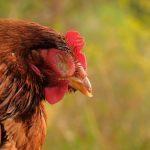Looking for Different Breeds of Fish for Fish Farming?
Do you know that there are varying breeds of fish you can consider for your fish farm business in Nigeria? Yes, you heard that right. Fish farming allows for flexibility regarding what breeds of fish to rear. You can rear any kind of fish for business depending on the demand of your geographical location, your budget, space, and time availability. And the good news is that the different breeds have their unique characteristics and are highly productive.
Let’s get down to business and find out what breeds of fish you can rear in Nigeria without wasting time. Make sure to read to the end.
CARP
Carp is a good fish to rear. It contains healthy omega-3 fatty acids and has a stronger fish flavour. It also has a good market demand because it is nutritious and economical. It can be reared in ponds, tanks, lakes, and cages. The common breeds of Carp cultivated in Nigeria are Grass Carp, Silver Carp, and Common Carp.
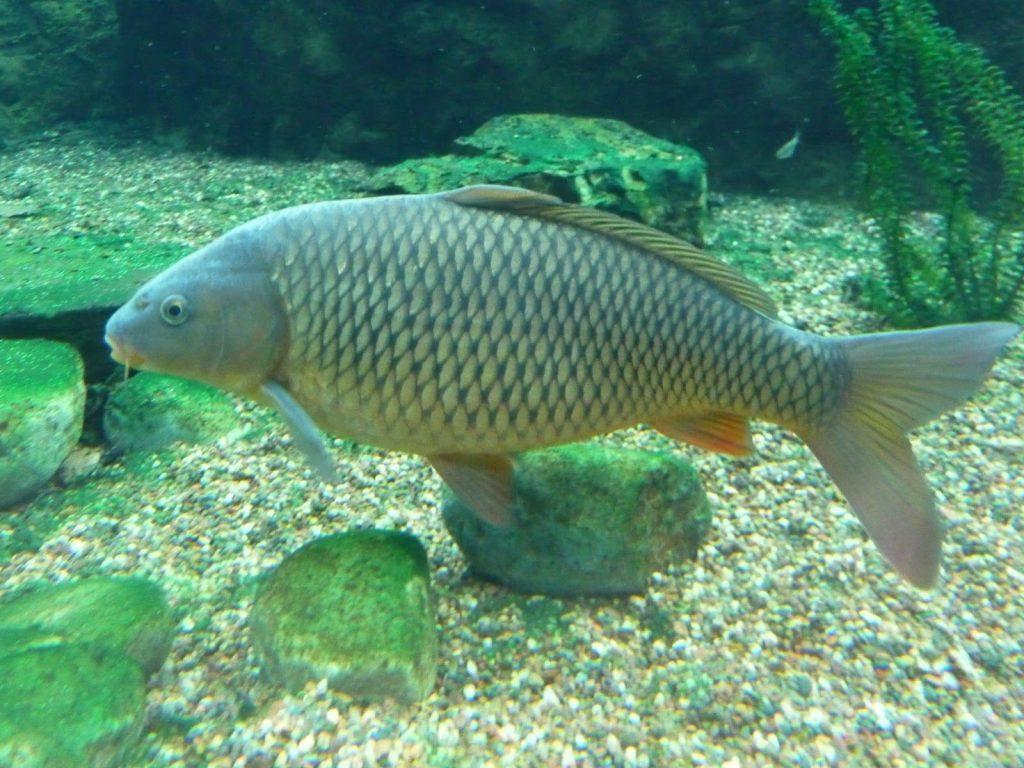


Grass carp: Grass carp is a freshwater herbivorous carp. It reproduces at temperatures ranging from 20 to 30 °C..Grass carps also grow quickly and have an average lifespan of 7–6 years. You can use Grass carp to control the growth of aquatic plants and weeds in water bodies.
Silver Carp: It is another common species of Carp reared for money. It is a filter feeder and filters its food with a special feeding apparatus. It’s difficult to harvest the Silver Carp with a hook-and-line method. Special techniques like the suspension method and snagging gear are best used for harvesting the Silver Carp.
CATFISH
Studies show that about 80% of fish farmers in Nigeria are involved in catfish production. Catfish are in high demand around the world. They are desired by many people, thus having good returns on investment when properly bred. Catfish also come in various species, but that’s a story for another day. The common species of catfish are Clarias gariepinus, Heterobranchus bidorsalis, and Heterobranchus hybrid.
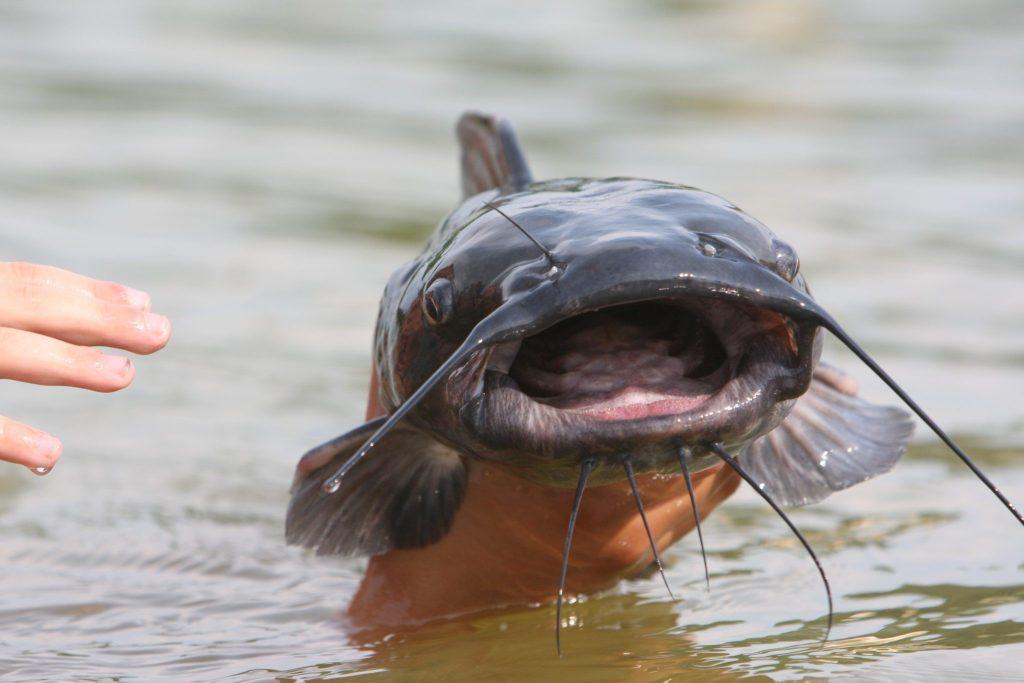


Clarias gariepinus: Clarias gariepinus can thrive in freshwater lakes, swamps, and rivers. The best part about Clarias gariepinus is that it can withstand adverse water conditions. Clarias gariepinus also has a fast growth rate and can grow to about 1.5 m, weighing around 60 kg at maturity.
Heterobranchus bidorsalis: it is a freshwater catfish with an oval shape and a rectangular dorsum. The growth rate of Heterobranchus bidorsalis largely depends on the water temperature, water quality, and feed quality. Heterobranchus bidorsalis is harvested at about 59 inches and weighs 30 kg. It spawns at a temperature that ranges between 22 and 28° C.
TILAPIA
The good news is that Tilapia has a fast growth rate. That is, it can multiply within a short time. Tilapia are cultivated because of their rapid growth, high nutrition, and large size.Tilapia breeds that are commonly reared include Nile Tilapia and Blue Tilapia. The Nile Tilapia is a hardy fish, reaching up to 24 inches and weighing 5 kg at maturity. The Nile Tilapia is often mistaken for the Blue Tilapia. However, there’s a difference between the two Tilapia species. The difference between the Nile Tilapia and the Blue Tilapia is that the male Nile Tilapia becomes red when breeding, while the male Blue Tilapia turns blue.


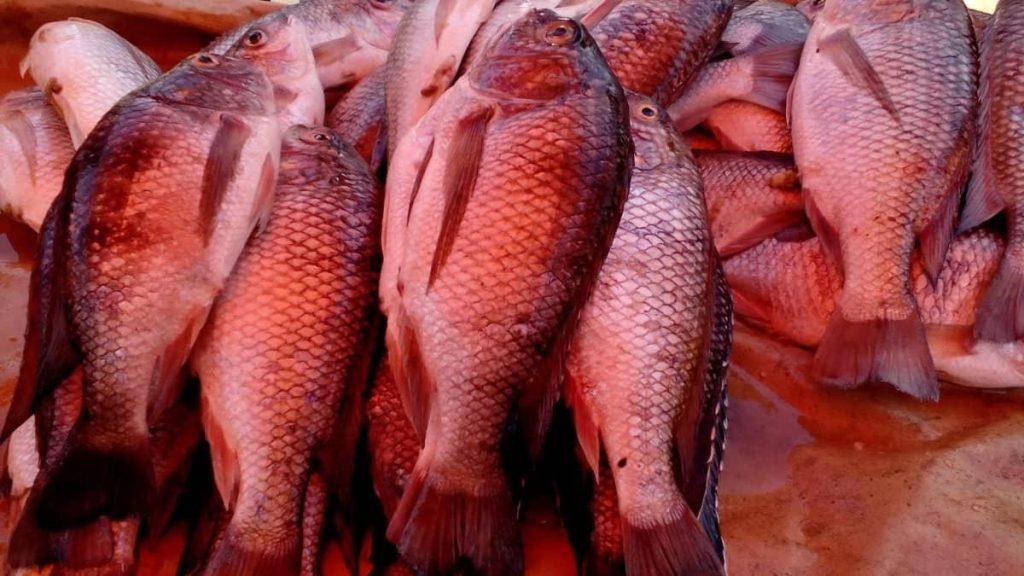
The Nile Tilapia is reared in freshwater bodies and cannot survive in saltwater. Nile Tilapia thrives in temperatures ranging from 31 to 36° C. It is a herbivore (feeds on mostly aquatic plants) and an omnivore (feeds on insects).
TUNA
Tuna is reared in a saltwater body and maintains a temperature higher than its environment. The common species of Tuna cultivated on a fish farm are Yellowfin, Albacore, and Skipjack Tuna.
The Yellowfin Tuna is one of the largest species of Tuna fish. It reaches up to 18 0kg at maturity. The Yellowfin Tuna feeds on aquatic plants at a young age and preys on other fishes and aquatic animals as it grows older. The Yellowfin Tuna is warm-blooded, unlike other fish, making it an excellent swimmer.


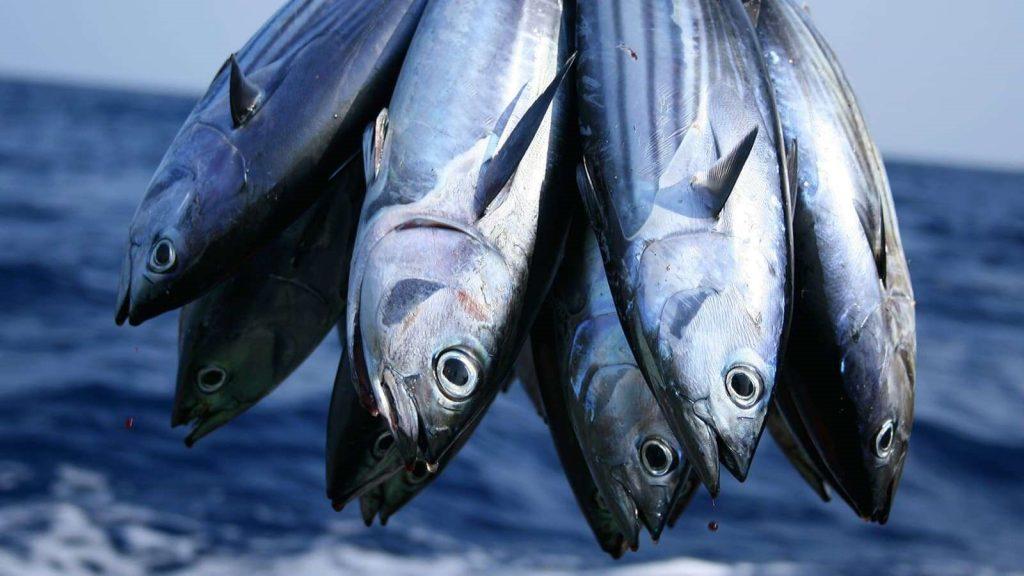
Skipjack Tuna and Albacore Tuna are smaller compared to Yellowfin Tuna. Nevertheless, they are also nutritious and profitable when cultivated for commercial purposes.
SALMON
The commonly breed Salmon fish, like the Atlantic Salmon. Although the Chinook and Coho salmon can also be reared. Salmon fish can only be cultivated in a freshwater body. Salmon are carnivorous; they feed on other aquatic animals like smaller fishes. They can be cultivated via a ranking system or an open net system, depending on the preference of the fish farmer.
Atlantic Salmon is high in protein and fatty acids. When the male and female Atlantic salmon hatch on the fish farm, the fertilized eggs are taken into a controlled tank, raised, and then released into a grow-out facility.
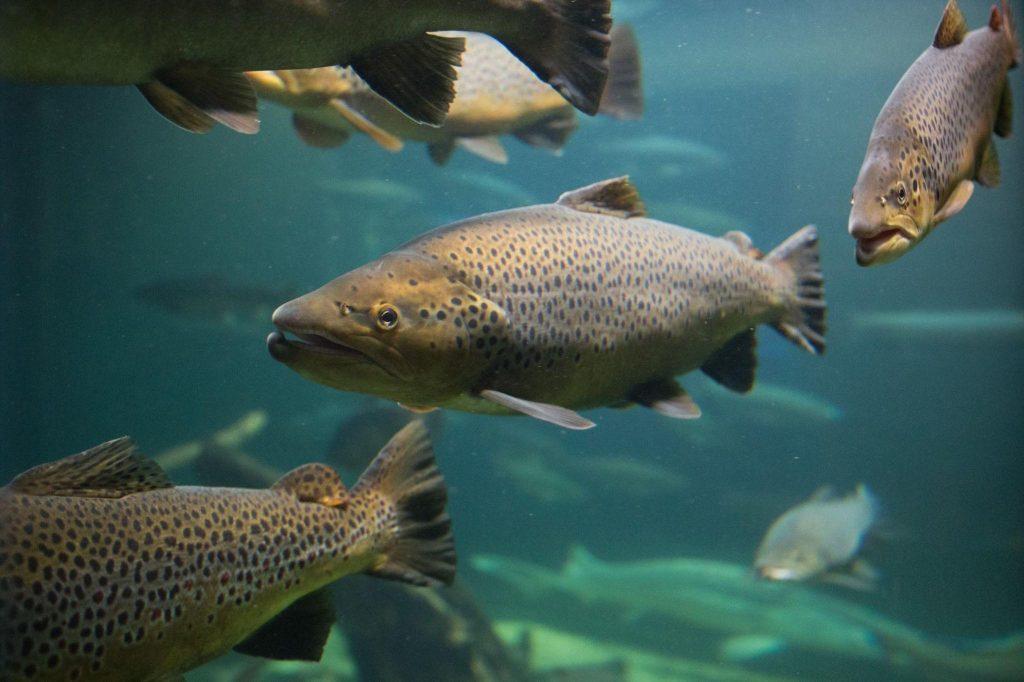
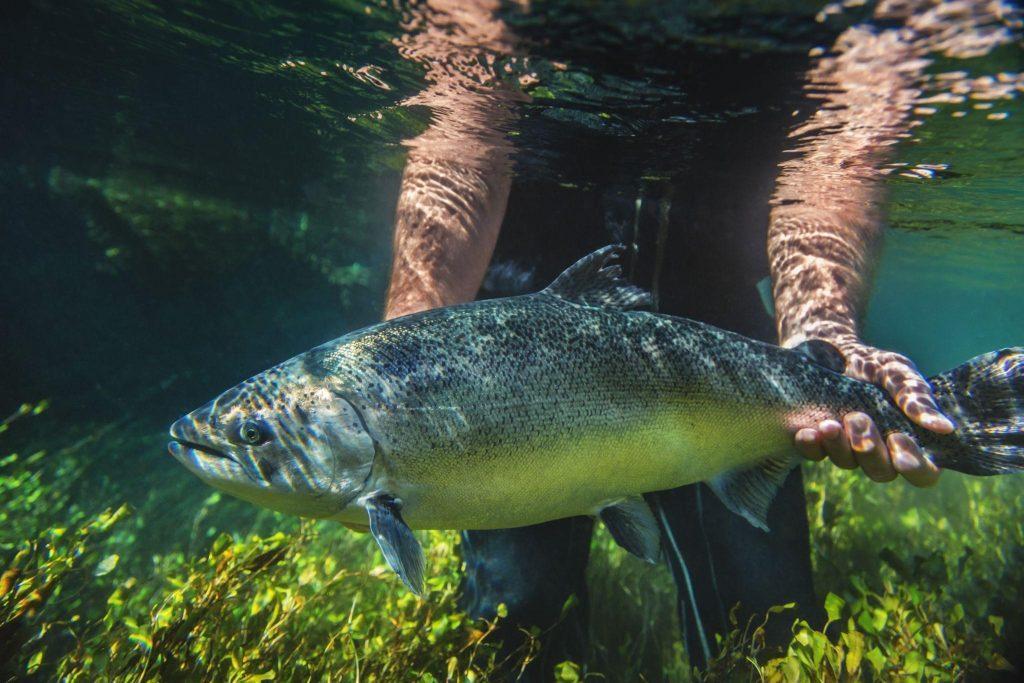
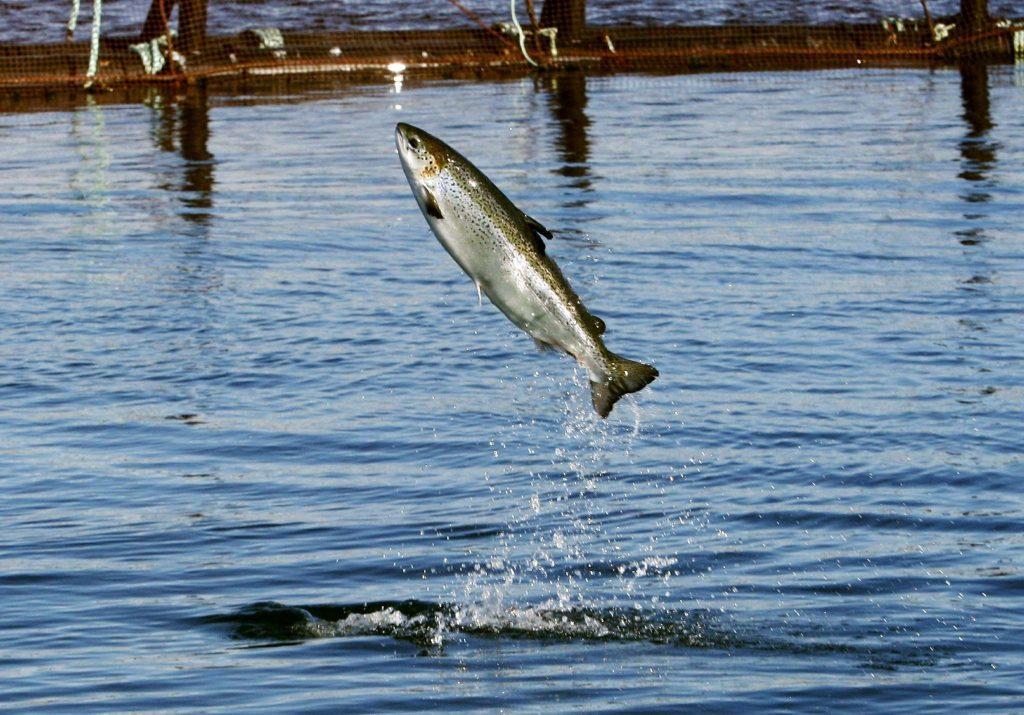
Other breeds of fish that can be reared on the fish are Eels, Perch, Trout, and Bass. They are profitable, easy to cultivate, and nutritious. But first, check with your local laws to know if you can rear these fish varieties to avoid being penalised.
Conclusion
As earlier mentioned, your budget, space and time availability, market demand, and local laws greatly determine the breed of fish you get to the rear end for the money. Catfish are the most commonly reared fish among Nigerian fish farmers because they are easy to rare, profitable, and fast.
But make no mistake about it. You can also rear the other fish breeds discussed in the article. All you need to do is to have a proper understanding of their requirements and follow suit. In all, fish farming is a profitable business that makes you the boss. So, good luck with your fish farming business.



